Introduction
Stem cells are undifferentiated cells that have the remarkable ability to differentiate into various specialized cell types. Stem cell in vitro models offer a great source for a better insight into how diseases occur and for developing new medical treatments. This gives hope for the future that they might be able to repair damaged tissues or diseased organs.
Stem cells can be broadly categorized into several types such as embryonic stem cells (ESCs), adult stem cells and induced pluripotent stem cells (iPSCs).
Embryonic Stem Cells (ESC) derived from early-stage embryos possess the broadest differentiation potential, meaning they can become any cell type in the body and can be used as in vitro models. However, the use of ESCs in the lab raises ethical concerns as embryonic cells from early stage (blastocytes) are needed.
Adult Stem Cells can be found in low numbers in tissues of the body. Their differentiation potential is limited compared to ESCs. However, they still offer significant therapeutic potential. While adult stem cells must be extracted from, partly hard to access, tissues, there is another stem cell type, called induced pluripotent stem cells (iPSC) that can be reprogrammed from cells derived from easily accessible tissues, such as blood or epithelial cells that can be found in urine.
Induced pluripotent stem cells (iPSC) bring further value to the research. These are reprogrammed somatic cells. They are reprogrammed by introducing suitable transcription factors into the cells whose over-expression induces pluripotency in these cells.
Since they are reprogrammed from cells isolated from adult tissue, such as skin, blood and diverse other tissues, they raise no ethical concerns. iPSCs have almost the same differentiation potential as ESCs, making them indispensable for future medicine.
For stem cell models, reliable workflows are needed. Here you find an overview of a workflow starting with tissue dissociation and cell culture, following single cell isolation and ending with analysis and imaging.
Innovative devices to optimize your research and results
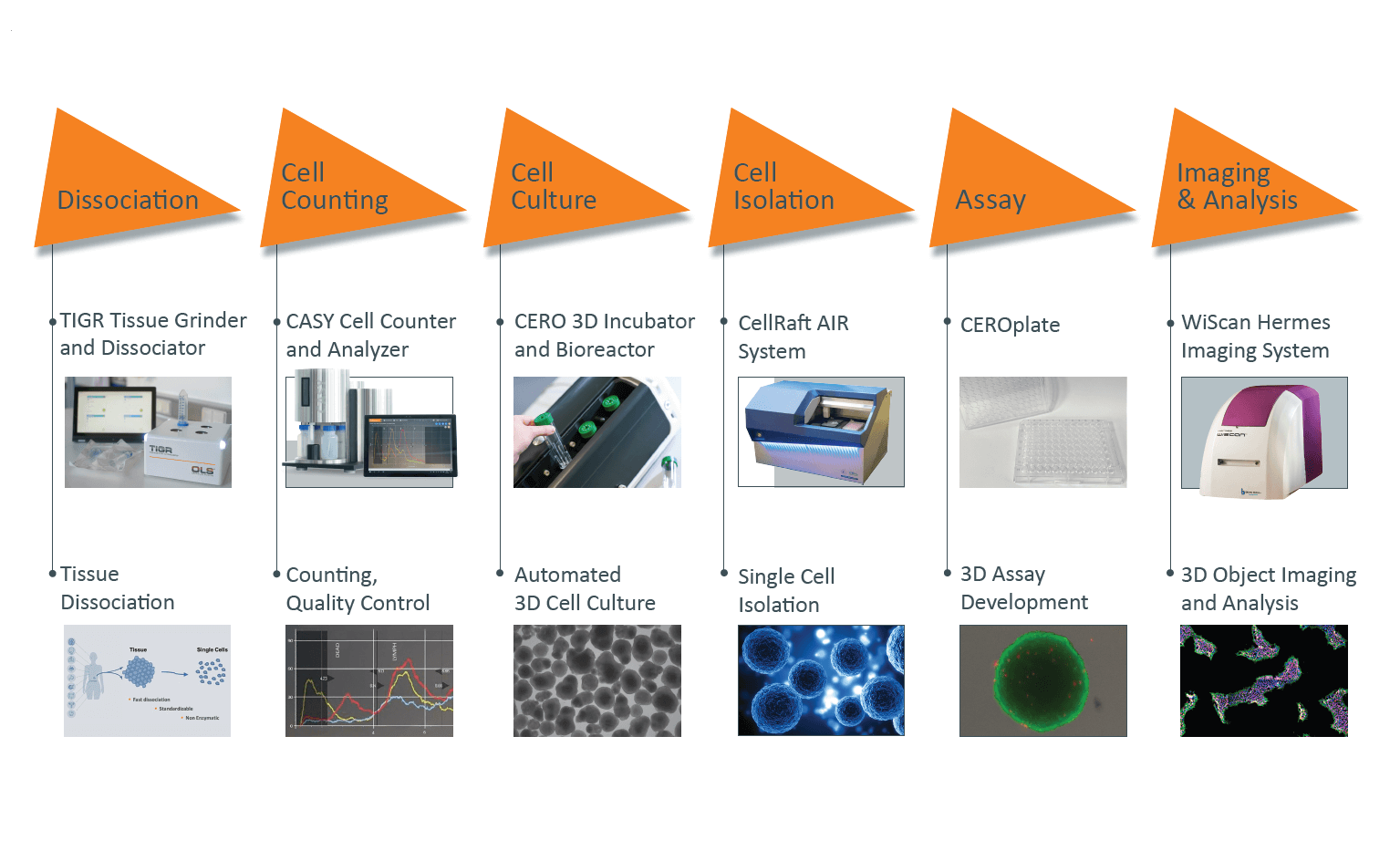
- Stem cells are isolated using the Tissue Grinder and Dissociator. Since stem cells are found in diverse tissues in low cell numbers, optimization steps may be necessary here. Alternatively, this step with the tissue grinder can be substituted with e.g. iPSCs as a starting material.
- Expansion of stem cells, their differentiation or long-term culture of spheroids/organoids are conducted by their cultivation in the CERO 3D Incubator & Bioreactor.
- STEMin1 medium supports the cultivation of human mesenchymal stem cells.
- With the CellRaft AIR System, it is possible to generate single cell clones that are isolated into a 96 well plate. Monoclonality of stem cells or organoids is confirmed by a track and trace function of images taken during the cell growth and isolation process.
- Further growth can be accomplished by cultivation of spheroids/organoids in ultra-low attachment CEROplates.
- Publication-quality images of spheroids/organoids can be taken at a high speed by using the WiScan Hermes High-Content Screening Workstation.
Let us send you our stem cell workflow brochure!
Links
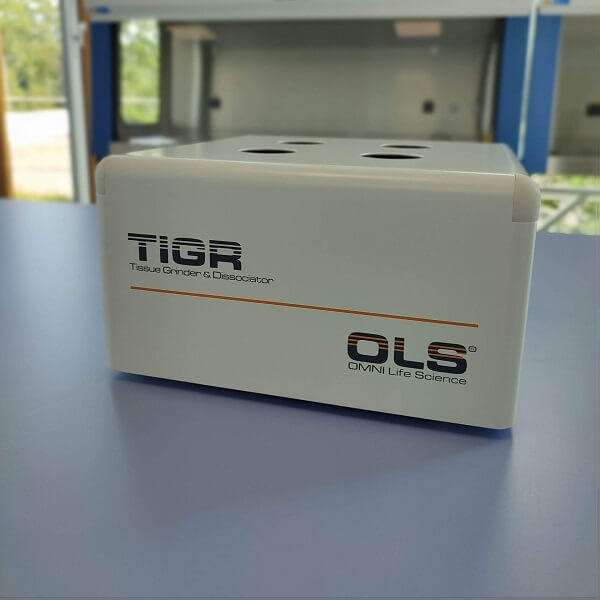
Tissue Dissociation
TIGR Tissue Grinder & Dissociator is an enzyme-free approach for generating single cells from tissue.
TIGR Tissue Grinder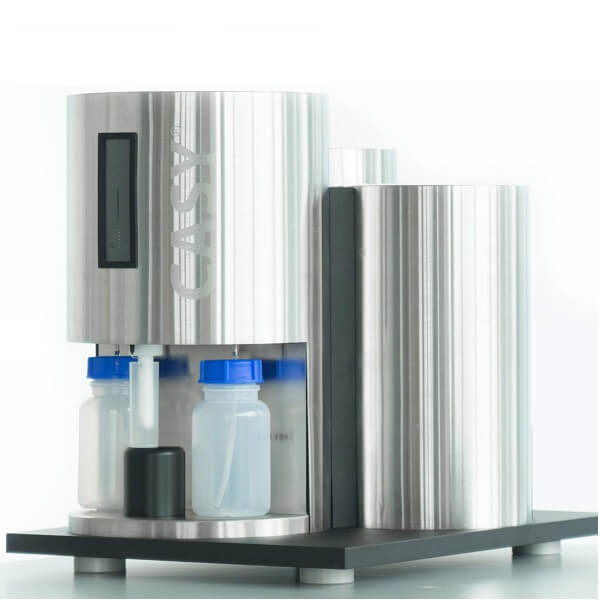
Cell Counting & Viability
CASY Cell Counter & Analyzer allows reliable counting of different cell types, as well as fast viability analyses.
CASY Cell Counter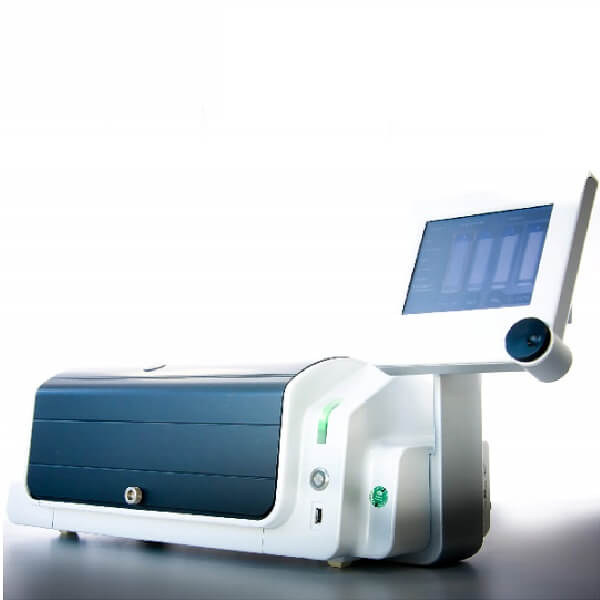
3D Cell Culture Incubation
CERO 3D Incubator & Bioreactor ensures automated cultivation of stem cells, spheroids, organoids and even tissues.
CERO 3D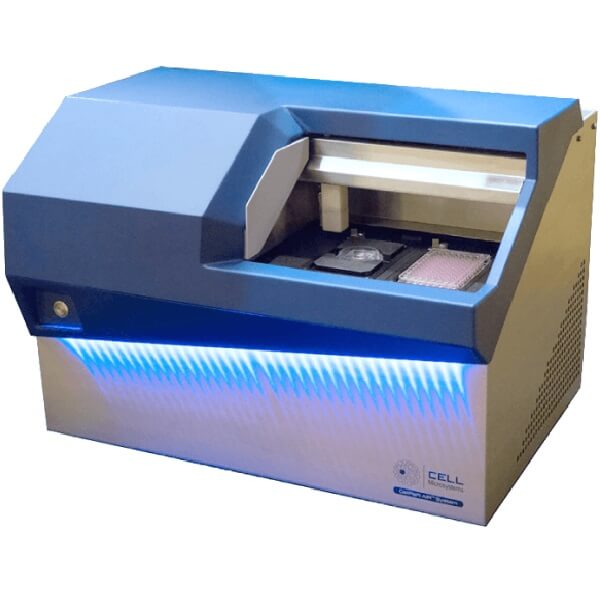
Single Cell Isolation
The CellRaft AIR System is a better way to handle sensitive cells in three steps: Image – Identify – Isolate
CellRaft AIR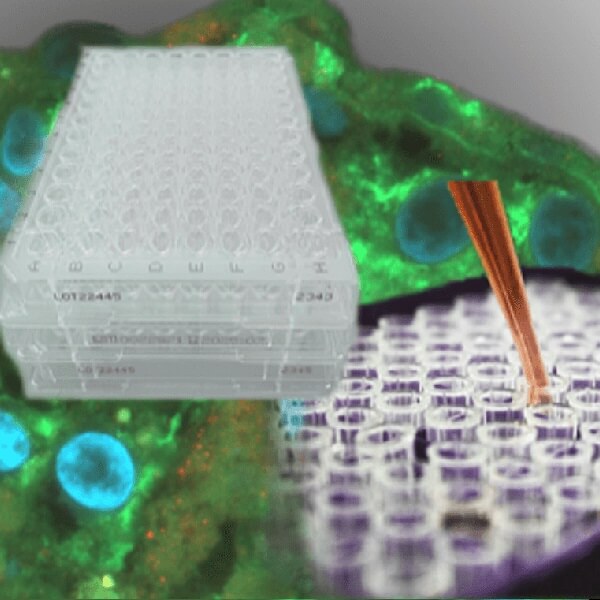
Assay Development
CEROplates with ultra-low attachment offer a simplified process for growing 3D aggregates.
CEROplates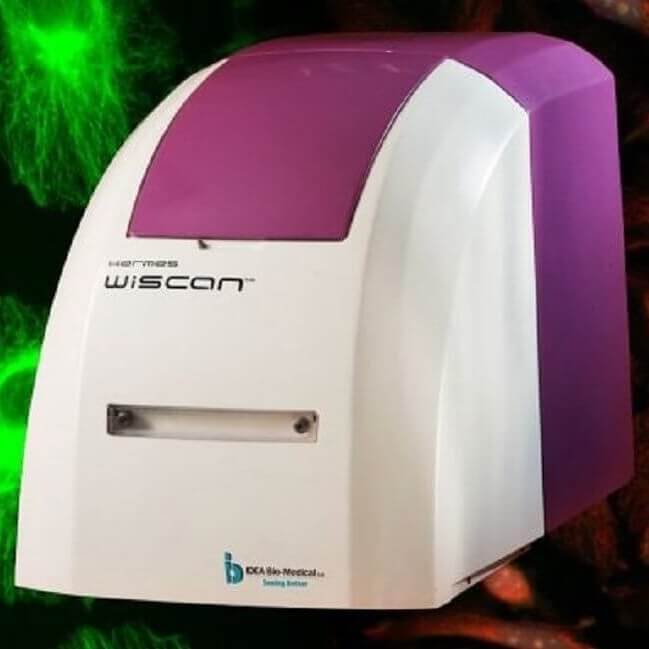
Imaging & Analysis
WiScan Hermes High-Content Automated Imaging System takes high-speed, publication-ready images.
WiScan Hermes Your Partner in Cell Research
Your Partner in Cell Research
Karl-Ferdinand-Braun-Straße 2
28359 Bremen, Germany
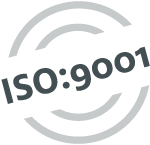
OMNI Life Science GmbH
Laufenstraße 90
4053 Basel, Switzerland